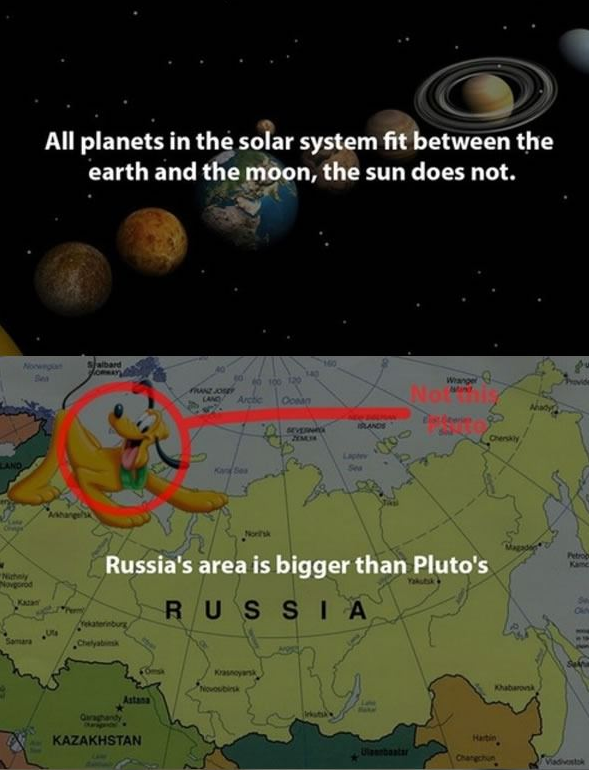Summer Space Camp and Chick-Fil-A.
Great News from the Christa McAuliffe Space Education Center (The Space Center). Chick-fil-A is providing the camp lunches! What a deal, a premium space adventure and Chick-fil-A. They naturally go together. I'm a big fan of Chick-fil-A. I love the waffle fries and ice-cream cones. I need to be honest and say the only space camp lunch better than Chick-fil-A would be a Mrs. Clegg lunch.
Mrs. Clegg ran our summer camp cafeteria for several years during my time as CMSEC director? Do you old time campers remember her cafeteria buffet loaded with culinary delights magically created using just the basics of kitchen tools, a few crock pots, and a spell or two from the Clegg Encyclopedia of Magical Spells for the School Lunchroom?
 |
| 48 Hour Overnight Camp at the Space Center |
 |
| Lining up for Supper. |
 |
| Supper on the 48 Hour Camp's Swim Night. |
Find Out More about Summer Space Camp
Space and Science News
By Mark Daymont
Spacerubble.blogspot.com
50 Years Ago: FIrst American Spacewalk
Astronaut Ed White makes NASA's first EVA.
On June 3, 1965 astronauts Ed White and Jim McDivitt launched to space aboard the Gemini 4 capsule. Lifted by the Titan II rocket, the capsule began a 66 orbit mission that would be America's first multi-day mission.
Crew and support personnel head toward the gantry elevator.
Securing the astronauts into the cramped two-man capsule.
Besides long duration, two other objectives were set for the mission. A spacewalk event was planned, to catch up to the Soviet accomplishment which had just occurred in March 1965 when Alexei Leonov spacewalked from Voskhod 2. Mission planners had scheduled the EVA (Extra Vehicular Activity) for the second orbit. Another objective would be an attempt to make a close fly-by rendezvous with the second stage of the Titan rocket.
Launch from LC-19 at Cape Canaveral, FL at 10:15 am.
This mission was the first to transfer mission control duties to the new Mission Control facility in Houston, TX. Once the Titan rocket had cleared the tower, communications and vehicle monitoring was switched to the three-shift operation. The historic nature of the mission brought a great deal of attention to the flight. For the first time, 12 countries would receive TV broadcasts of the flight and over 1,100 press representatives were in attendance at rented facilities.
Inside the capsule.
The attempt to reach the second stage did not go well. The stage was releasing extra fuel and moving unexpectedly, and did not have enough lights on it to help the astronaut spot it. This Gemini capsule did not have a radar installed yet, which meant astronauts had to visually estimate distances. After wasting an unplanned amount of thruster fuel, the attempt was called off.
Ed White moves away from the capsule.
After the failed rendezvous, the EVA was postponed until the third orbit. There was a stuck hatch spring at first, but the astronauts had learned how to take care of that potential problem during training. There were comunications problems between the capsule and mission control during the event, so that Mission Control was not able to be heard but the astronauts could hear each other. It was later determined that there was a problem with McDivitt's voice only (or VOX) connection.
White used a Hand-Held Maneuvering Unit to propel himself and direct his movement.
Because NASA did not want to continue the spacewalk in darkness, the spacewalk came to an end before the capsule flew into the dark side of the planet orbit. The spacewalk lasted 20 minutes. White wanted to keep taking more pictures, but with darkness approaching he was convinced by NASA flight Controllers to return to the cabin. They entered darkness before the hatch was closing. There was a glitch with the latches again, but the astronauts managed to fix it again.
View from Gemini 4.
The mission would continue for a couple more days. As this was the first multi-day mission, the astronauts tried conserving thruster fuel by powering down some items in the craft and sleeping alternate 4 hour shifts. Frequent capsule communications with Houston made that difficult. Re-entry and splashdown occurred on June 7 in the Atlantic Ocean, where the crew and craft were recovered by the USS Wasp.
The capsule is lifted from the water to the flight elevator on the carrier Wasp.
The Imaginarium
































































